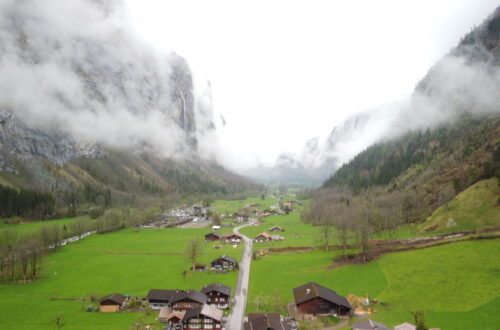
ITALY 2022 – Part 5
![]()




















Our next visit on our “Grand Tour di Italia”, we had searched for something special, something very Italian. We ended up with the most interesting pasta production in the little town of Strada In Chianti. The pasta producer, Pastificio Artigiano Fabbri, where pasta has been made by the same family (5 generations), at the same square, in the same way, since 1893. Yes, for 130 years. Today, bronze dies and machines from the 1950s are still used and the pasta is dried for three to six days at a very low temperature, always below 38 degrees. (Whereas many industrial pasta makers dry for a few hours at temperatures between 60 and 120°C. Perhaps you can imagine the result, and the industrial pasta is normally very yellowish/brown and darker, like when you toast white bread. We had been planning the visit to Fabbri for a long time and were excited to follow the production. When we arrived we were greeted by Pierre, and then we started with an espresso in the nearby Bar Il Caffe in Piazza. Then we had a thorough explanation of the long and interesting history of the family and the old pasta factory. There are so many details that make up a fabulous pasta compared to the one from the shelves in supermarkets. Of course, all the wheat (including the ancient dicocco spelt) is 100 % Italian with high-quality gluten, it is gently milled to avoid heating. In the end, the dough comes through old bronze dies, of which one is from 1911. Using bronze dies gives a rougher and more porous pasta, this is essential for the pasta to absorb more of your delicious sauce. After the visit to the small museum, we were taken to the production site where we could follow the complete process of pasta making. That was VERY, VERY interesting. After the spaghetti, for example, comes out of the bronze dies, it is hung for drying in cells, exactly as it has been done since 1956. Fans inside the cells change the airflow direction every half hour so the water is slowly dried out during 3-6 days, and still at temperatures below 38 degrees. There is a lot of manual work to be done before the spaghetti can finally be cut into shorter pieces (by a machine) before being packed, which partly also happens manually. Even the labels are attached by hand. We were so happy to meet the dedicated staff and family at Fabbri, and at the end of our visit, we got some samples of the pasta made here. Thanks to Pierre, cooking and eating pasta will never be the same again. After this fantastic experience we also had to shop for more Fabbri pasta from the local grocery, just to be sure we had enough for some time. Do have a look at the Fabbri homepage for a lot more information. The link is in the first comment. After this heartwarming experience, we drove to our next stop. But first, we made a stop by the winery Molino de Grace to see the wine 
And yes, we were bitten by mosquitoes during the whole trip to Italy. They had long proboscis, like needles, and they were awake 24/7. In the picture, you can see our arsenal of anti-itch agents.
Fabbri pasta factory:
https://pastafabbri.it/en/
Do especially read this part:
https://pastafabbri.it/en/our-supply-chain/
Motorhome parking in Radda:
https://www.campercontact.com/en/italy/tuscany/radda-in-chianti/4457/area-comunale




